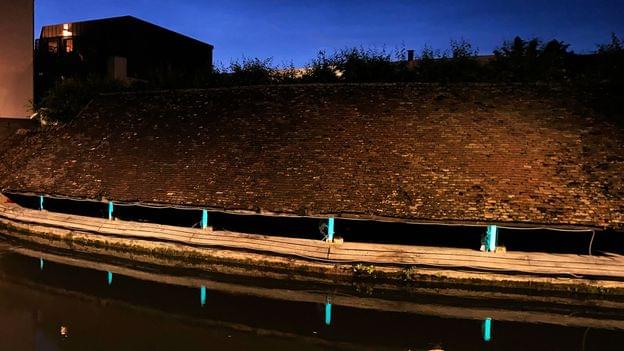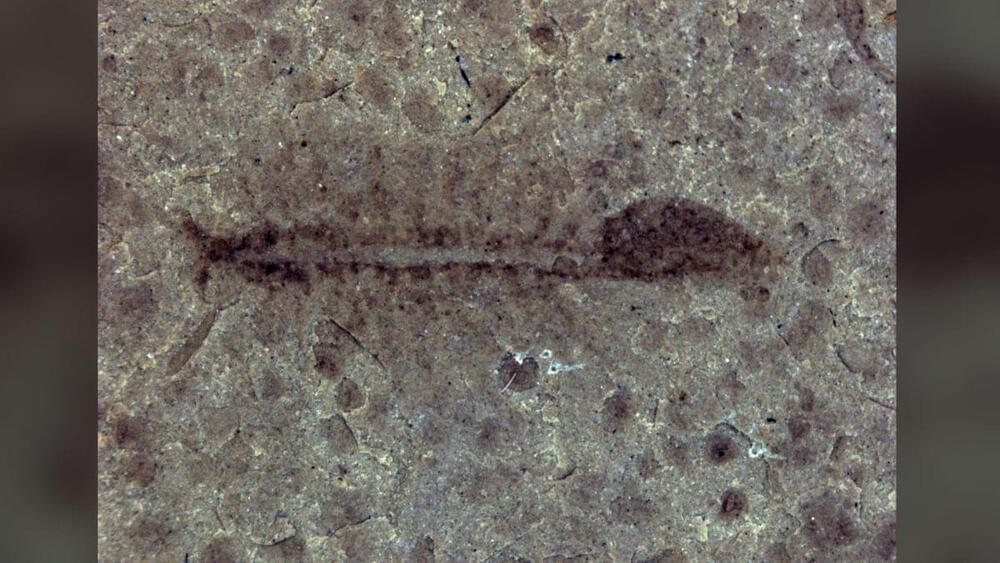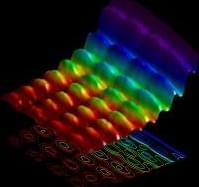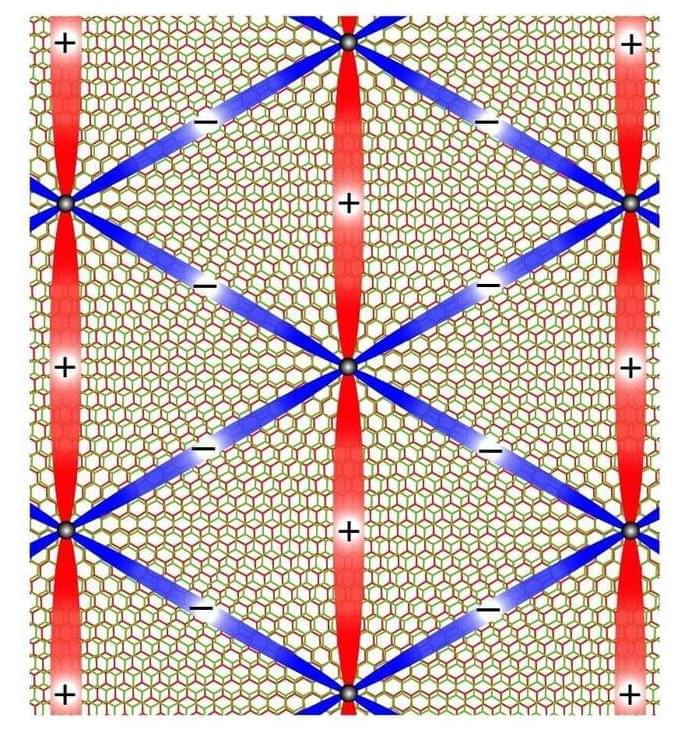These lamps are alive. Glowee, a French startup, has transformed the small town of Rambouillet in France into the subject of an odd yet breathtakingly gorgeous lighting experiment.
The world seems to have taken notice of the level of details services like Google Maps offer on an everyday basis. A Twitter account supporting the Ukrainian forces recently shared some images of Russian military establishments that were in public view on Google Maps.
⚡️GOOGLE MAPS ВІДКРИВ ДОСТУП ДО ВІЙСЬКОВИХ ТА СТРАТЕГІЧНИХ ОБ’ЄКТІВ РОСІЇ. Тепер кожен може побачити різноманітні російські пускові установки, шахти міжконтинентальних балістичних ракет, командні пункти та секретні полігони з роздільною здатністю близько до 5 метра на піксель. pic.twitter.com/i75wR8Efwo — Armed Forces 🇺🇦 (@ArmedForcesUkr) April 18, 2022
As the caption reads, Google has opened access to Russian military and strategic facilities. The tweet was probably an attempt at virtue signaling that Google had taken a stance against Russian aggression. However, as a Google spokesperson told The Verge, the information was available in the public domain well before the Ukraine conflict.
With the constant evolution of data science, you need to be skilled in cutting-edge technologies in the field. In this article, we will look at the top programming languages used in data science.
Data has become enormously valuable in the last decade.
Superconductors are materials that conduct electrical current with practically no electrical resistance at all. This ability makes them extremely interesting and attractive for a plethora of applications such as loss-less power cables, electric motors and generators, as well as powerful electromagnets that can be used for MRI imaging and for magnetic levitating trains. Now, researchers from Nagoya University have detailed the superconducting nature of a new class of superconducting material, magic-angle twisted bilayer graphene.
For a material to behave as a superconductor, low temperatures are required. Most materials only enter the superconducting phase at extremely low temperatures, such as −270°C, which is lower than those measured in outer space. This severely limits their practical applications because such extensive cooling requires very expensive and specialized liquid helium cooling equipment. This is the main reason superconducting technologies are still in their infancy.
High temperature superconductors (HTS), such as some iron and copper-based examples, enter the superconducting phase above −200°C, a temperature that is more readily achievable using liquid nitrogen which cools down a system to −195.8°C. However, the industrial and commercial applications of HTS have been thus far limited. Currently known and available HTS materials are brittle ceramic materials that are not malleable and cannot be made into useful shapes like wires. In addition, they are notoriously difficult and expensive to manufacture. This makes the search for new superconducting materials critical and a strong focus of research for physicists like Prof. Hiroshi Kontani and Dr. Seiichiro Onari from the Department of Physics, Nagoya University.









